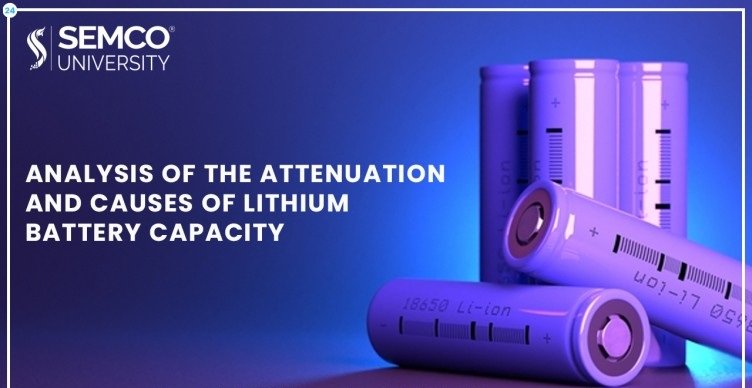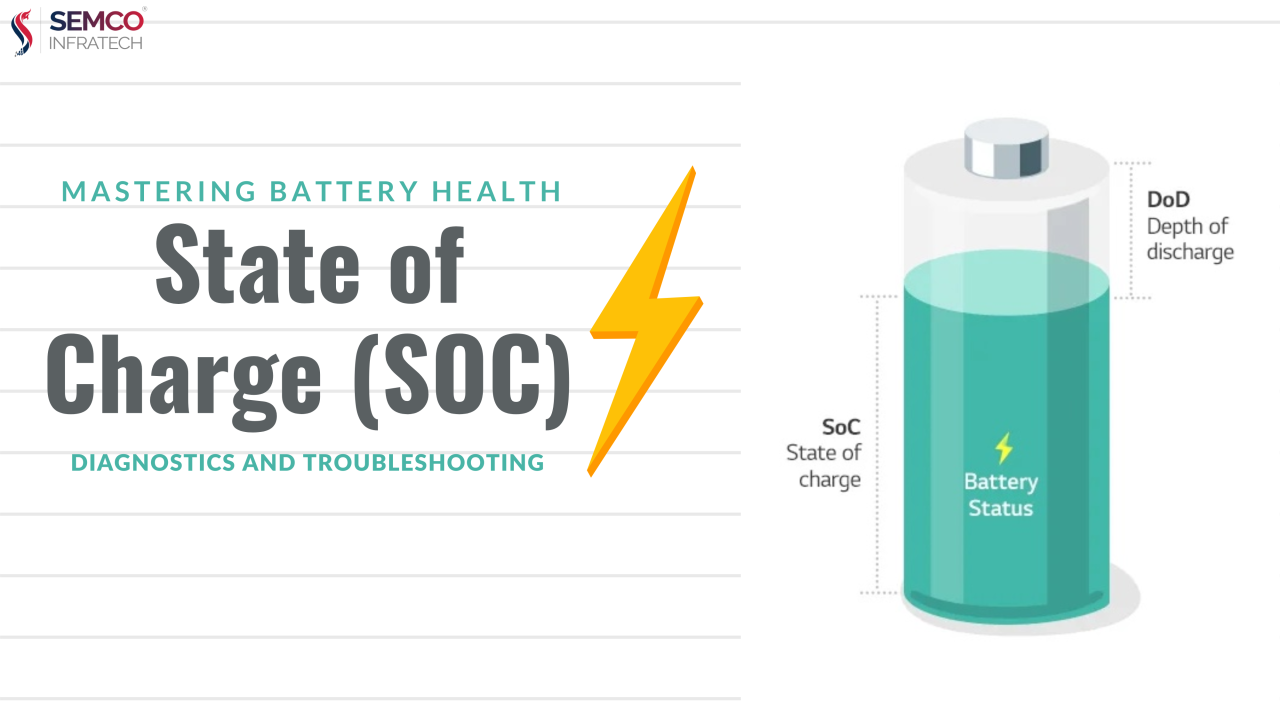Lithium-ion batteries have revolutionized the energy storage landscape, powering devices from smartphones to electric vehicles. However, these batteries experience capacity attenuation over time, leading to reduced performance and shorter lifespans. This blog delves into the lithium battery capacity attenuation analysis and the primary factors contributing to this phenomenon.
Understanding Capacity Attenuation in Lithium Batteries
Capacity attenuation refers to the gradual loss of a lithium-ion battery’s ability to store and deliver energy. Typically, this manifests as a decline in State of Health (SOH) and a reduced runtime for the device or vehicle. Understanding why this happens is critical for improving battery performance and extending lifespan.
Key Causes of Lithium Battery Capacity Attenuation
1. Electrode Degradation
The positive and negative electrodes within a lithium-ion battery undergo wear and tear over time. This can lead to structural changes, loss of active materials, and reduced efficiency in the lithium-ion intercalation process, ultimately causing capacity fade.
2. Electrolyte Decomposition
The electrolyte, which facilitates ion movement between the electrodes, can degrade under high temperatures or prolonged cycling. Decomposition reduces ion conductivity, impacting overall battery efficiency.
3. Formation of Solid Electrolyte Interphase (SEI) Layer
The SEI layer forms on the surface of the anode during the initial charge cycles. While this layer is essential for battery stability, continuous growth over cycles can consume active lithium ions, leading to irreversible capacity loss.
4. Thermal Stress
Operating a lithium battery under extreme temperatures accelerates chemical reactions within the cell. High temperatures can lead to thermal runaway, while low temperatures hinder ion mobility, both contributing to capacity attenuation.
5. Overcharging and Over discharging
Exceeding the recommended voltage range causes stress on the battery components. Overcharging leads to excessive heat generation and electrolyte breakdown while over-discharging can damage the electrodes, both resulting in a reduced capacity.
6. Cycling-Induced Stress
Repeated charge and discharge cycles cause mechanical stress within the battery, leading to microcracks in electrodes. Over time, this affects the battery’s internal resistance and ability to retain charge.
Mitigating Lithium Battery Capacity Attenuation
To enhance the longevity of lithium-ion batteries, it’s essential to address the factors contributing to capacity fade. Here are some strategies:
- Temperature Control: Maintaining an optimal operating temperature through battery thermal management systems can prevent excessive heat or cold from damaging the battery.
- Improved Battery Design: Using advanced materials for electrodes and electrolytes can enhance durability and reduce degradation.
- Smart Charging Practices: Avoiding overcharging and discharging ensures a healthier charge cycle.
- Regular Maintenance: Periodic checks and proper storage conditions can prolong battery life and performance.
Conclusion
Understanding the causes of lithium battery capacity attenuation is key to developing better storage solutions and enhancing battery performance. Factors like electrode degradation, SEI layer growth, and thermal stress play significant roles in capacity fade. By implementing effective mitigation strategies, manufacturers and users can maximize battery efficiency and extend its lifespan, ensuring reliable performance in diverse applications.
For more insights on lithium-ion battery technology, stay tuned to our blog!





